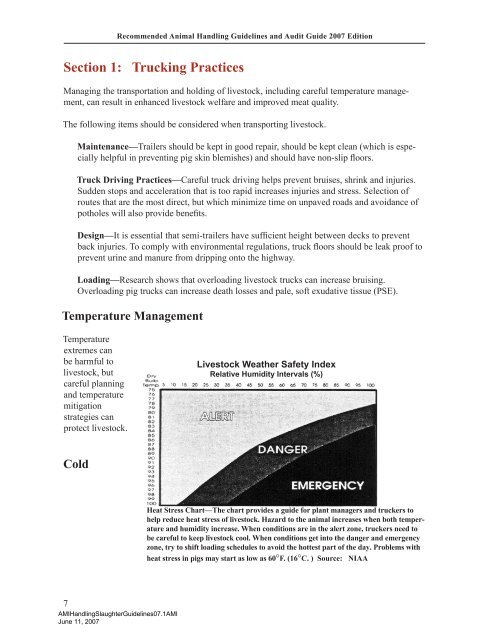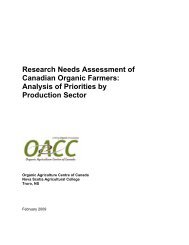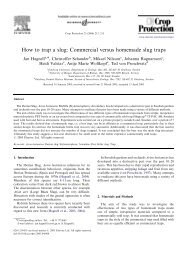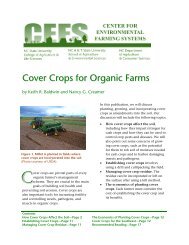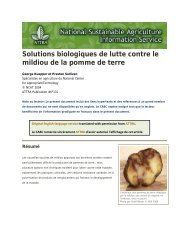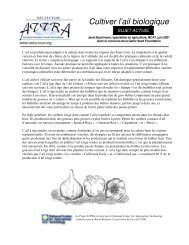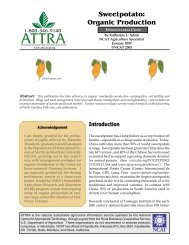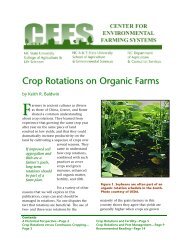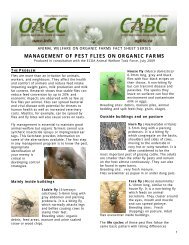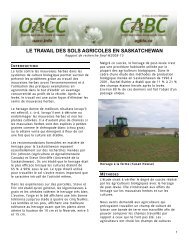Recommended Animal Handling Guidelines and Audit Guide
Recommended Animal Handling Guidelines and Audit Guide
Recommended Animal Handling Guidelines and Audit Guide
- No tags were found...
Create successful ePaper yourself
Turn your PDF publications into a flip-book with our unique Google optimized e-Paper software.
<strong>Recommended</strong> <strong>Animal</strong> <strong>H<strong>and</strong>ling</strong> <strong><strong>Guide</strong>lines</strong> <strong>and</strong> <strong>Audit</strong> <strong>Guide</strong> 2007 EditionSection 1: Trucking PracticesManaging the transportation <strong>and</strong> holding of livestock, including careful temperature management,can result in enhanced livestock welfare <strong>and</strong> improved meat quality.The following items should be considered when transporting livestock.Maintenance—Trailers should be kept in good repair, should be kept clean (which is especiallyhelpful in preventing pig skin blemishes) <strong>and</strong> should have non-slip floors.Truck Driving Practices—Careful truck driving helps prevent bruises, shrink <strong>and</strong> injuries.Sudden stops <strong>and</strong> acceleration that is too rapid increases injuries <strong>and</strong> stress. Selection ofroutes that are the most direct, but which minimize time on unpaved roads <strong>and</strong> avoidance ofpotholes will also provide benefits.Design—It is essential that semi-trailers have sufficient height between decks to preventback injuries. To comply with environmental regulations, truck floors should be leak proof toprevent urine <strong>and</strong> manure from dripping onto the highway.Loading—Research shows that overloading livestock trucks can increase bruising.Overloading pig trucks can increase death losses <strong>and</strong> pale, soft exudative tissue (PSE).Temperature ManagementTemperatureextremes canbe harmful tolivestock, butcareful planning<strong>and</strong> temperaturemitigationstrategies canprotect livestock.Livestock Weather Safety IndexRelative Humidity Intervals (%)ColdHeat Stress Chart—The chart provides a guide for plant managers <strong>and</strong> truckers tohelp reduce heat stress of livestock. Hazard to the animal increases when both temperature<strong>and</strong> humidity increase. When conditions are in the alert zone, truckers need tobe careful to keep livestock cool. When conditions get into the danger <strong>and</strong> emergencyzone, try to shift loading schedules to avoid the hottest part of the day. Problems withheat stress in pigs may start as low as 60°F. (16°C. ) Source: NIAAAMI<strong>H<strong>and</strong>ling</strong>Slaughter<strong><strong>Guide</strong>lines</strong>07.1AMIJune 11, 2007


